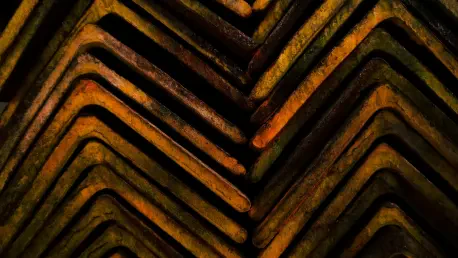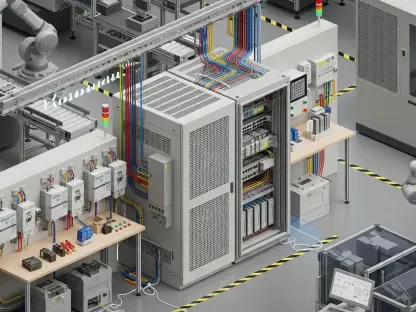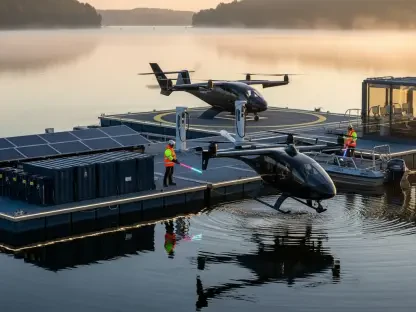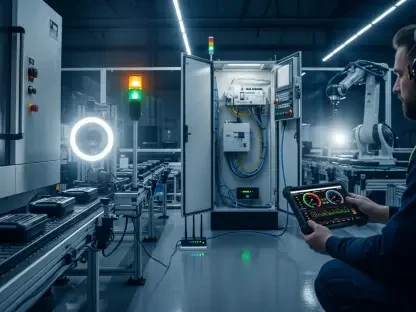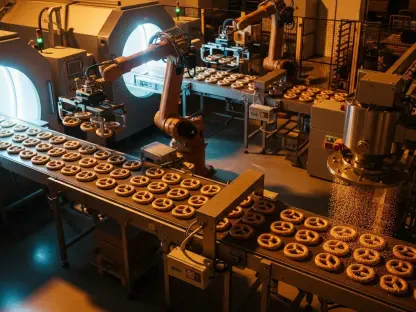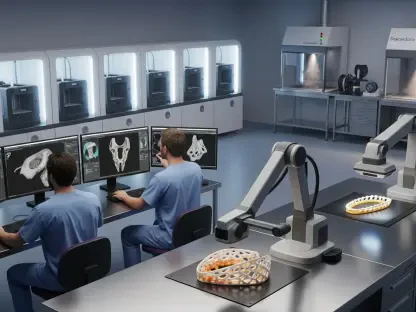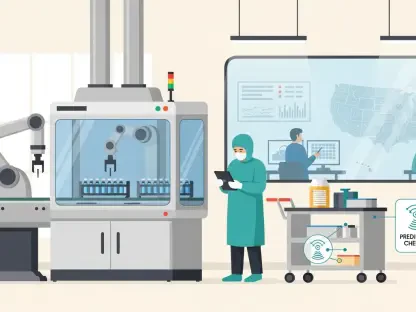Welcome to an exciting conversation with Kwame Zaire, a renowned manufacturing expert with a deep passion for electronics, equipment, and production management. With his extensive background in predictive maintenance, quality, and safety, Kwame is uniquely positioned to shed light on the latest advancements in additive manufacturing (AM). Today, we’re diving into a groundbreaking $1.3 million initiative by America Makes, known as the Corrosion of Additive – Tested At Component Scale (CATACS) project. This interview explores the significance of corrosion testing for metal AM parts, the challenges of extreme environments, and the potential impact on defense systems and industrial readiness. Let’s get started!
How did you first become interested in the field of additive manufacturing, and what excites you most about projects like CATACS?
I’ve always been fascinated by how technology can push the boundaries of manufacturing, and additive manufacturing caught my attention early on because of its potential to create complex, customized parts with incredible precision. What excites me about the CATACS project is its focus on real-world challenges. Corrosion is a silent killer for metal parts, especially in high-stakes applications like defense systems. This initiative isn’t just about theory—it’s about putting AM hardware through the wringer in harsh conditions to ensure it can stand up to the toughest environments. I’m thrilled to see such a practical, impactful approach.
Can you give us an overview of the CATACS project and explain why corrosion testing for metal AM parts is such a critical focus right now?
Absolutely. The CATACS project, backed by a $1.3 million investment, is all about creating a solid framework to test how metal parts made through additive manufacturing hold up against corrosion, particularly at a component scale. Unlike traditional lab tests, this focuses on realistic, high-temperature environments and thermal management systems. Corrosion testing is critical because AM parts often have unique microstructures that can behave differently under stress compared to conventionally manufactured parts. If we want to use these parts in defense or other high-performance applications, we need to know they won’t fail when exposed to extreme conditions over time.
Who’s behind the funding for this initiative, and what do you think their investment signals about the importance of this work?
The funding comes from the Office of the Under Secretary of Defense, Manufacturing Technology Office. Their involvement signals how vital this is for national security and defense readiness. They’re investing because AM has the potential to revolutionize how we produce critical components for defense systems, but only if we can trust these parts in the field. Corrosion can compromise everything from performance to safety, so their support underscores a push to accelerate AM adoption by addressing these reliability concerns head-on.
What sets the CATACS program apart from other corrosion testing efforts you’ve seen in the industry?
What makes CATACS unique is its emphasis on component-scale testing in environments that mimic real-world conditions, especially high-temperature settings. A lot of past efforts have been confined to small-scale, lab-based tests that don’t fully capture how a part will behave when it’s part of a larger system. CATACS is pushing for testing that reflects the actual stresses and interactions a component would face, which is a game-changer for validating AM parts for practical use.
I understand the project involves exposing AM hardware to extreme conditions. Can you paint a picture of what these environments might look like?
Sure, we’re talking about conditions that are as tough as it gets. Think high-temperature settings where parts might be exposed to intense heat, pressure-vessel scenarios, or even fuel-air mixtures that can accelerate degradation. There’s also this vivid idea of letting “the sea attack,” which likely refers to testing in marine-like conditions where saltwater and humidity can aggressively corrode metal. These are the kinds of brutal environments defense systems often operate in, so the testing has to replicate that harsh reality to ensure reliability.
The CATACS project is divided into two main focus areas. Can you walk us through the challenges of testing corrosion at elevated temperatures in the first area?
The first focus area is all about how AM components perform under corrosion at high temperatures, beyond just a controlled lab setup. The challenges here include understanding how these parts react in pressure-vessel conditions or when exposed to fuel-air mixtures, which can create unpredictable chemical interactions. You’ve also got differing surface exposures and metallurgical interactions with nearby components to consider. It’s about ensuring that a part won’t just survive the heat but also resist breaking down chemically over time in those extreme scenarios.
Let’s shift to the second focus area—corrosion in thermal management components. What are the key issues being tackled here?
This area zeroes in on how metal AM parts used in thermal management systems interact with working fluids under varying thermal conditions. The complexity comes from the intricate geometries and flow channels often found in these components. When fluids move through these systems, they can cause localized corrosion, especially if the AM microstructure isn’t uniform. The goal is to understand these interactions and ensure the parts can handle the thermal cycles and fluid exposure without degrading, which is crucial for maintaining system efficiency and longevity.
What kind of impact do you hope the outcomes of the CATACS program will have on the broader adoption of AM in defense and beyond?
I’m optimistic that CATACS will create a reliable testing framework that speeds up the certification process for AM parts, especially in defense applications. By proving these components can withstand corrosion in extreme conditions, we’re building trust in the technology. This could significantly boost manufacturing readiness, making it easier to scale production for the defense industrial base. Beyond defense, this work could set standards for other industries like aerospace or energy, where durability in harsh environments is just as critical.
The project specifies that prototypes should be at certain technology and manufacturing readiness levels. Can you explain why this maturity is important for the testing process?
CATACS is targeting prototypes at technology readiness levels 4 through 7 and manufacturing readiness levels 4 through 7, which means they’re past the early concept stage and into more developed, testable phases. This focus is important because early-stage ideas often lack the refinement needed to yield meaningful data in real-world testing. By working with more mature prototypes, the project ensures the results are relevant to actual production scenarios and can directly inform repeatable, scalable manufacturing processes.
Looking ahead, what is your forecast for the future of corrosion testing in additive manufacturing?
I believe we’re on the cusp of a major shift in how we approach corrosion testing for AM. As projects like CATACS generate robust data and frameworks, I expect to see more standardized testing protocols that can be widely adopted across industries. We’ll likely see advancements in predictive modeling too, using AI and simulation to anticipate corrosion risks before physical testing even begins. Ultimately, I think this will lead to AM parts becoming a go-to choice for high-performance applications, as confidence in their durability grows. The future looks bright, but it’s all about building that trust through rigorous, real-world validation like what CATACS is doing.
